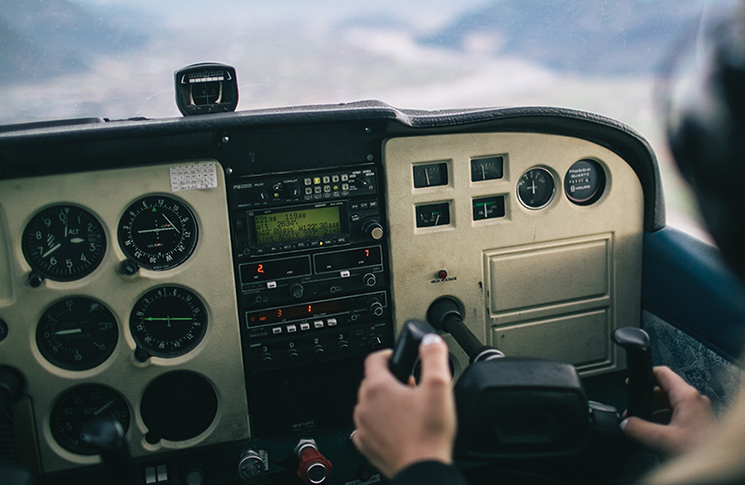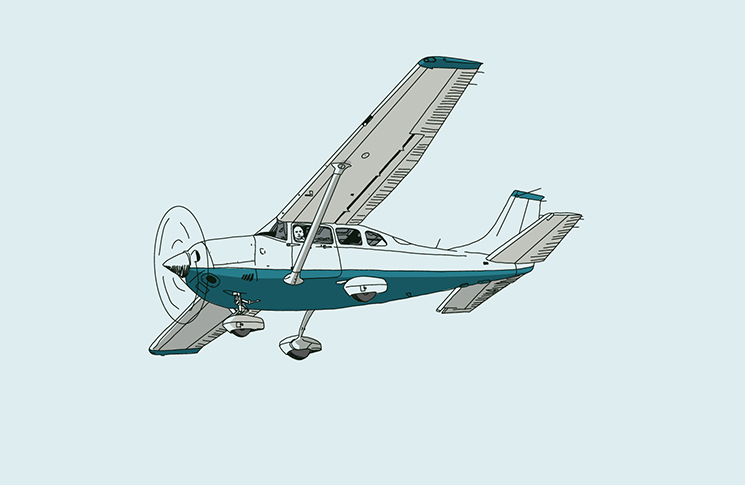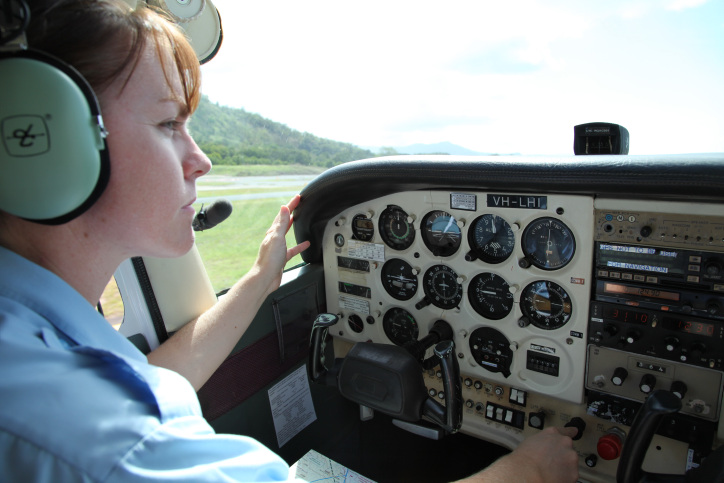An established but unorthodox procedure enabled a simple human error to contribute to the destruction of a training aircraft.
Instead of powering up and climbing when the throttles were pushed forwards, the Beechcraft baron rolled inverted and dived into the ground. In a highly unusual outcome for this type of crash, both occupants survived with minor injuries.
The dramatic accident happened at Cowra, NSW, in April 2024 on an IFR training flight.
The Australian Transport Safety Bureau investigation found the instructor had simulated engine failure by pulling the mixture lever back to idle cut-off, rather than reducing the throttle. During the landing flare, the instructor initiated a go-around, and the aircraft rapidly yawed and rolled to the left, hitting the ground in an almost vertical nose-down attitude, before coming to rest inverted.
The one-engine go around had been initiated near or below the aircraft’s minimum control speed, VMC. ‘At speeds below the actual VMC, with one engine inoperative and the other at take-off power, the aircraft will lose directional control – yaw, roll towards the inoperative engine and descend steeply,’ the ATSB report said.
ATSB Director Transport Safety Stuart Macleod said simulating engine failure by reducing mixture was in accordance with the operator’s relevant procedure at the time, but differed from Beechcraft’s aircraft flight manual.
CASA guidance [in Civil Aviation Advisory Publication 5.23-1(2) Multi-engine aeroplane operations and training, September 2015 ] recommends using the throttle rather than the mixture to simulate an engine failure when at low level – such as asymmetric instrument approaches. This ensures power can quickly be restored if needed.
After the student had reacted to the simulated engine failure, the procedure involved the engine being set for zero thrust, to simulate a dead engine with a feathered propeller.
“When attempting to set zero thrust during the downwind leg of the final circuit, it was likely the instructor unintentionally did not move the left engine’s mixture lever back to rich, to ensure it was available for instant use if needed,’ McLeod said.
Despite this, ‘the observed (and expected) variation of manifold pressure with throttle movement supported an assessment that the engine had been restarted and was capable of normal operation,’ the ATSB report said.
The student and instructor both reported that the student’s normal downwind checks included checking both mixture levers were in the fully rich position, but neither could recall when the checks were done
The pilots survived with minor injuries, even though ATSB analysis found the impact deceleration likely exceeded 30 G, principally in a forward direction, with the stable collapse of the airframe structure forward of the cabin and crash-resistant fuel cells aiding their survivability. The crew seats came off their mountings in the impact but the four-point harnesses worn by instructor and student helped save them from more serious injury. The aircraft’s low height, about 20 feet during the failed go around, also contributed to their survival, the ATSB said.
Since the accident, the training operator has amended its multi-engine training procedures to simulate engine failures by closing the throttle rather than the mixture at any altitude. Setting the engine for zero thrust is now required as soon as the student has identified the failed engine. In its new procedure, confirming that the pitch, power and mixture controls are set back to normal two‑engine configuration is now a call-out item during checks on final.




